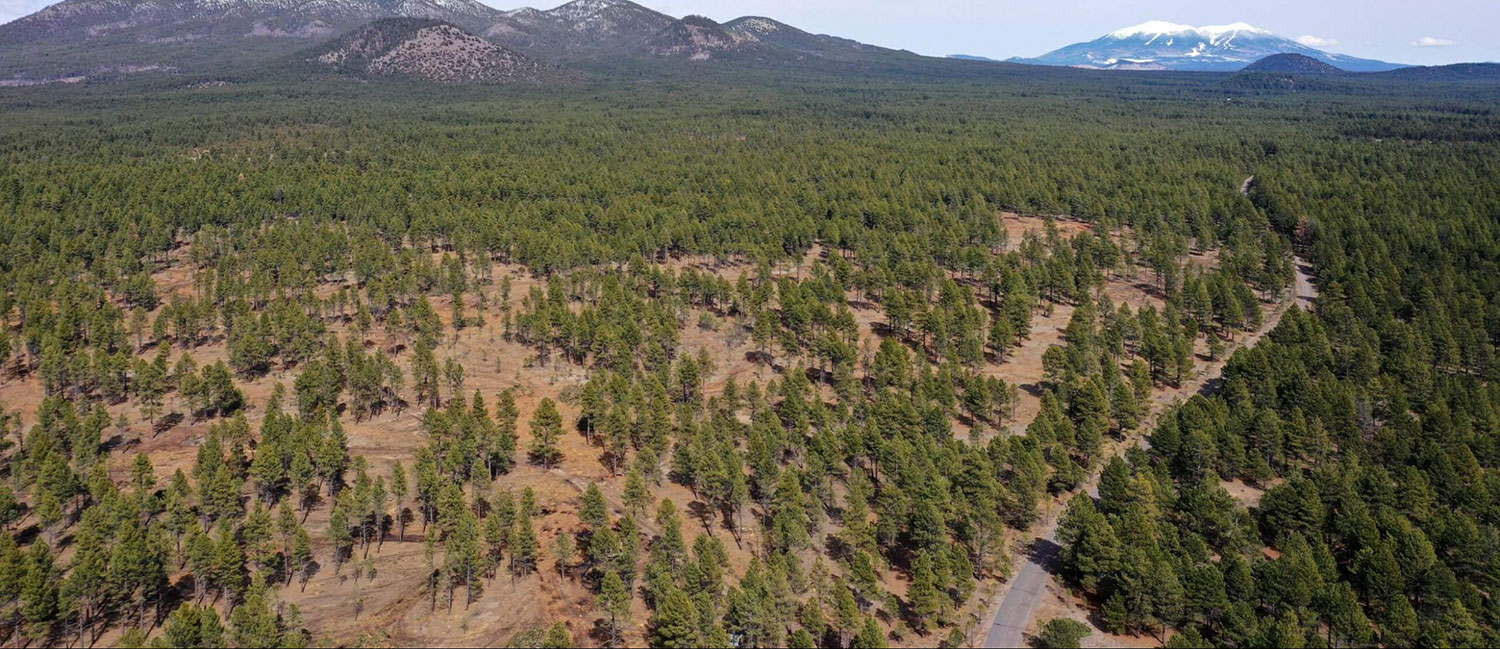Climate change curbing Western forests’ ability to recover from fires, scientists find

Warmer and drier climate conditions in western U.S. forests are making it less likely that trees can regenerate after wildfires, according to research published in the Proceedings of the National Academy of Sciences (PNAS) by a team including Dominik Kulakowski, a Clark University professor of geography and environmental science.
“Climate change is threatening forests globally not only by increasing fires and other disturbances, but also by creating climatic conditions under which some forests are not regenerating well,” says Kulakowski, a co-author of the PNAS article, “Reduced Fire Severity Offers Near-Term Buffer to Climate-Driven Declines in Conifer Resilience Across the Western United States.”
“Sometimes, inhibited regeneration can lead to different types of forests, and other times it can lead to ecological collapse with serious and dangerous consequences for ecosystem services that affect human wellbeing,” he adds.
Forests are adapted to different types of fire across the West, but hotter and drier conditions in recent decades have intensified the way fires burn, resulting in more trees being killed. All of this can result in fewer seeds available for forests to regenerate after wildfires. Even when seeds are available, a warming climate is increasingly limiting the chances that seedlings can establish and grow.
“Climate change increasingly limits tree establishment after wildfires because seedlings can be killed by hot temperatures and dry conditions,” says the study’s lead author, Kim Davis, who completed the study at the University of Montana, and is now a research ecologist for the Forest Service at the Missoula Fire Sciences Laboratory.
The research also found that ecologically based forest management can partially offset climate-driven declines in tree regeneration by limiting fire-caused tree death, but only if action is taken quickly. This study provides timely information to optimize new state and federal initiatives to increase the pace of ecologically based forest management across millions of acres of Western forests.
Funding for the project was provided by The Nature Conservancy, with additional support from the U.S. Department of the Interior, North Central Climate Adaptation Science Center, and the United States Geological Survey.


